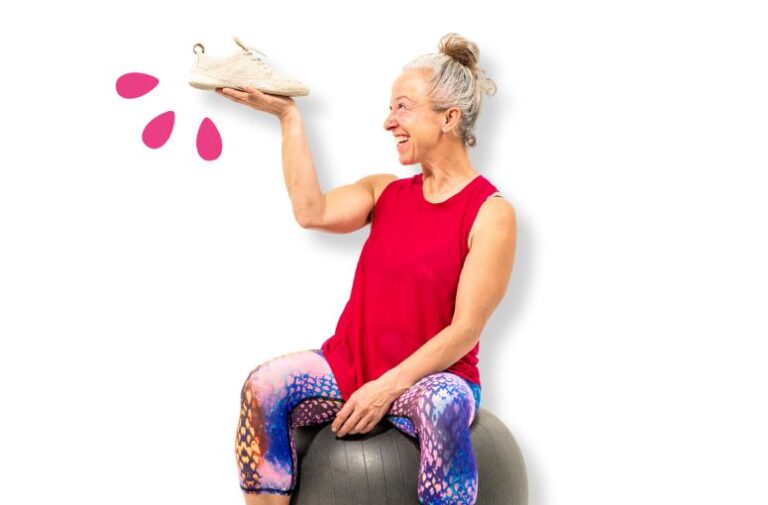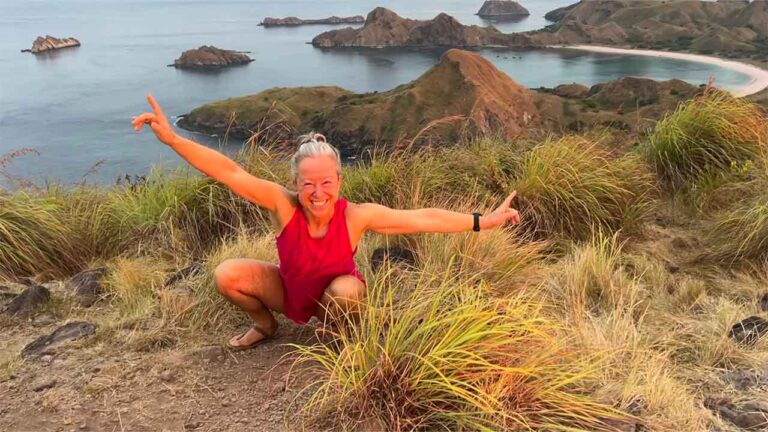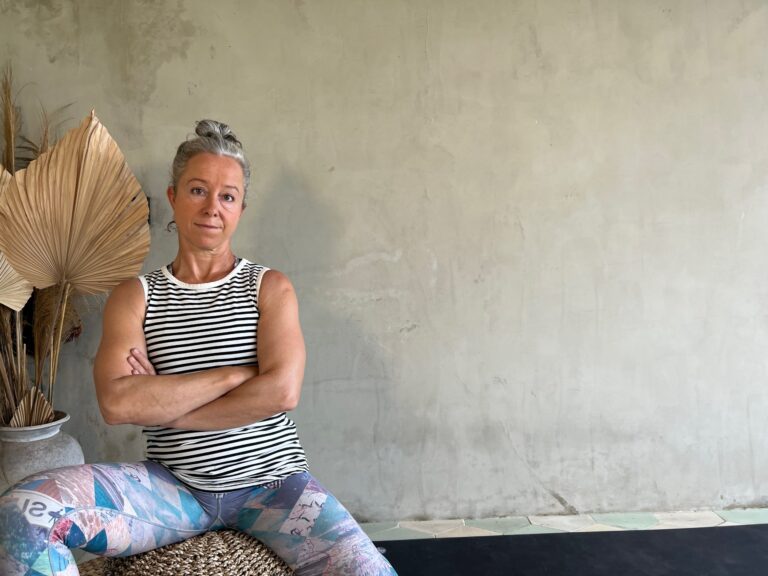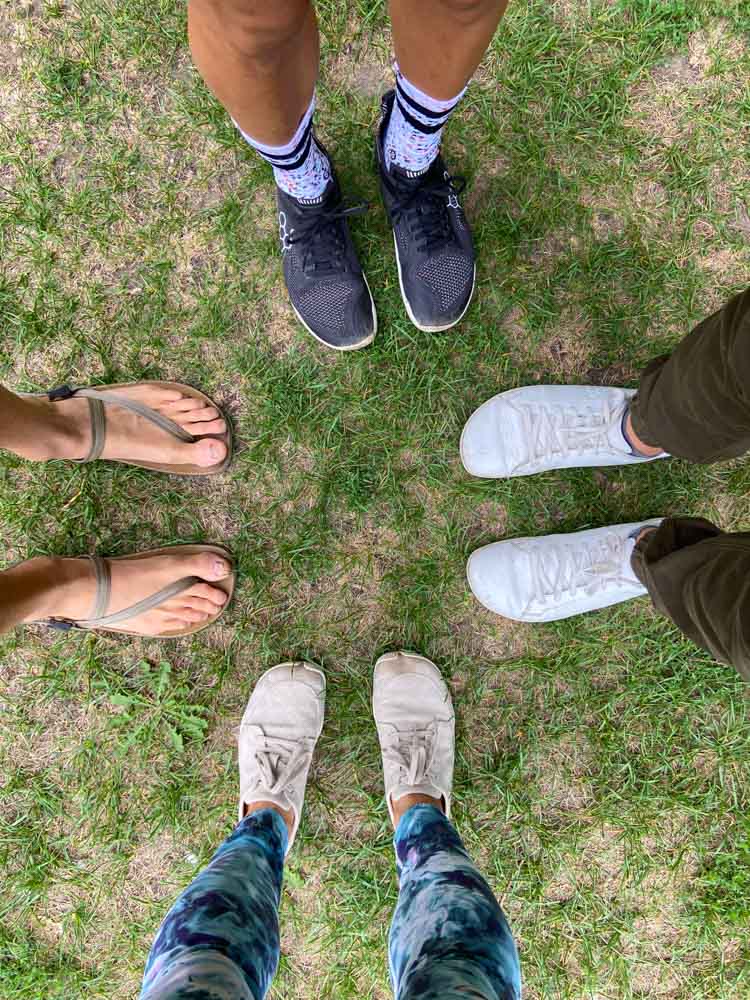
What Are Minimal Shoes & Why You Should Be Wearing Them
Our feet are the foundation of our body, yet most of us rarely give them the attention they deserve. But the truth is, if you want a body that moves well and feels great, you need to start from the






